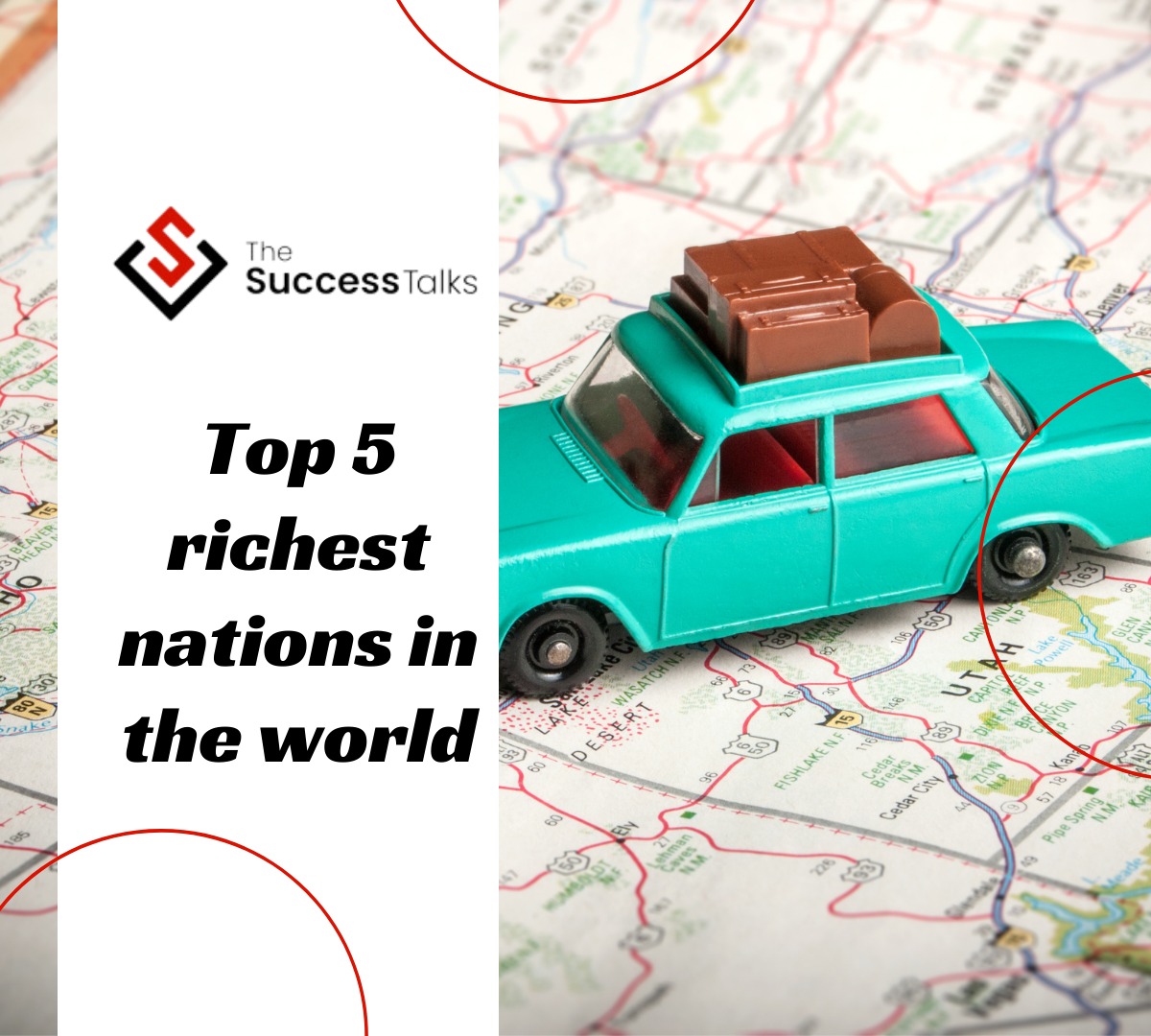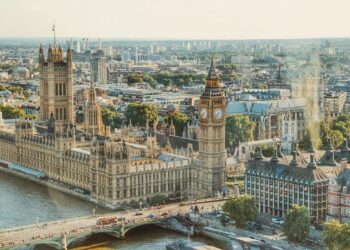Gross domestic product, or the Gross Domestic Product, is a proportion of abundance in the nation coming from sources including income, wages, utilization, and the worth of labor and products the nation produces in a range of a year. Setting the benchmark as per these measurements and building up similar boundaries in all cases is the thing that makes GDP so well known in exhibiting and looking at abundance. The GDP per capita is the abundance separated by the quantity of occupants in the country, which is a useful estimation that can give knowledge into the personal satisfaction in a country. If the GDP per capita is high, this can regularly show the riches and flourishing of the nation’s occupants.
1. Switzerland
Gross domestic product per capita: $94,696.13
Gross domestic product: $824.74 billion
Switzerland has the First most famous GDP per capita and the eighteenth greatest economy on earth. Organizations is the overall region in the Swiss economy with close to 74% proposition. Its industry contributes commonly 25% with under 1% coming from the rustic region. The EU is Switzerland’s essential trading assistant; around 78% of Swiss imports are from the EU, while 43% of Swiss items are headed for EU countries. The country participates in a unique circumstance inside the luxury segment of the watch business. Switzerland is maybe the most raised hot shot on inventive work in the world. Switzerland puts around 3% of its GDP in inventive work yearly. The economy is relied on to make by 3.5% in 2021 and is projected to select a for each capital pay of more than $100,000 by 2023.
2. Norway
Gross domestic product per capita: $81,995.39
Gross domestic product: $444.52 billion
Norway is situated in Northern Europe and offers borders with Sweden, Finland and Russia on the eastern side. The nation has a broad shore towards its west. It is right now the 2nd biggest economy as far as ostensible GDP and is considered as a part of significant providers of oil and gas to the worldwide market. Norway is the Second biggest exporter of gaseous petrol on the planet, behind Russia and Qatar. Roughly 20-25% of EU gas request is provided alone by Norway. The mix of regular assets, talented work and reception of innovation have worked for Norway to accomplish success for the country. Norway has been among the three top nations for a very long time on the Human Development Index (HDI) and beat the HDI positioning in 2020. IMF extends the economy to develop by 3.9% in 2021.
3. United States
Gross domestic product per capita: $68,308.97
Gross domestic product: $22.67 trillion
The U.S., the greatest economy on earth, position 3rd to the extent GDP per capita. The U.S. economy contributes 24.25% to the worldwide GDP. It is supposed to be perhaps the best illustration of a ‘blended economy’ where private area and the public authority both assume similarly significant parts. Buyer spending is an essential part of the U.S. economy and a famous method for checking the economy’s solidarity as it represents approximately 66% of the GDP. As indicated by the U.S. Authority of Economic Analysis (BEA), “buyer spending, or individual utilization consumption, is the worth of the labor and products bought by, or for the sake of, U.S. occupants.” notwithstanding customer spending, fabricating is an extremely crucial piece of its economy. The country’s assembling represents around 11.5% of the complete result, 60% of its commodities and 70% of its R&D spending and utilizes 8.5% of the labor force.
4. Iceland
Gross domestic product per capita (PPP): $58,512.7
Gross domestic product per capita : $320.2 billion
As estimated by the ostensible GDP in 2007, Iceland is viewed as the world’s Fourth most useful nation. It is assessed that around 85% of the country’s essential energy supply is met from locally created sustainable wellsprings of energy. The utilization of hydroelectric and geothermal power has made the country the biggest per capita power maker on the planet. It has likewise made Iceland one of the world’s top greenest economies. The blended economy of Iceland intensely depends on the intercession of the public authority just as the further developed degrees of deregulation. A portion of the significant ventures of Iceland incorporate the travel industry, fabricating, aluminum refining, fisheries, horticulture, and so forth In December 2007, because of the disappointment of the three biggest business banks in the country, Iceland was hit by a significant monetary emergency. Subsequently, there was an intense drop in the nation’s GDP. By and by, positive GDP development in 2011 supported by a lift in the travel industry assisted with recuperating the Icelandic economy.
5. Denmark
GDP per capita (PPP): : $48,260
GDP per capita: $272.5 billion
Denmark has one of the greatest GNIS per capita, at more than $48,000. The nation has an assorted economy, trading billions of dollars worth of machines, compound items, creature items, and different staples. Bundled medicament make up the biggest fragment of Denmark’s commodities.
The abundance in Denmark will in general be dispersed somewhat uniformly among individuals as estimated by the Gini coefficient. Denmark has one of the most minimal Gini coefficients on the planet. Reasonable adding to the undeniable degree of equity is Denmark’s position as the most un-degenerate country on the planet, as per the 2018 Corruption Perceptions Index.
Must Read:-











